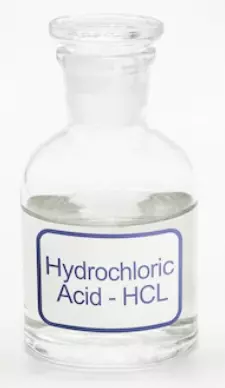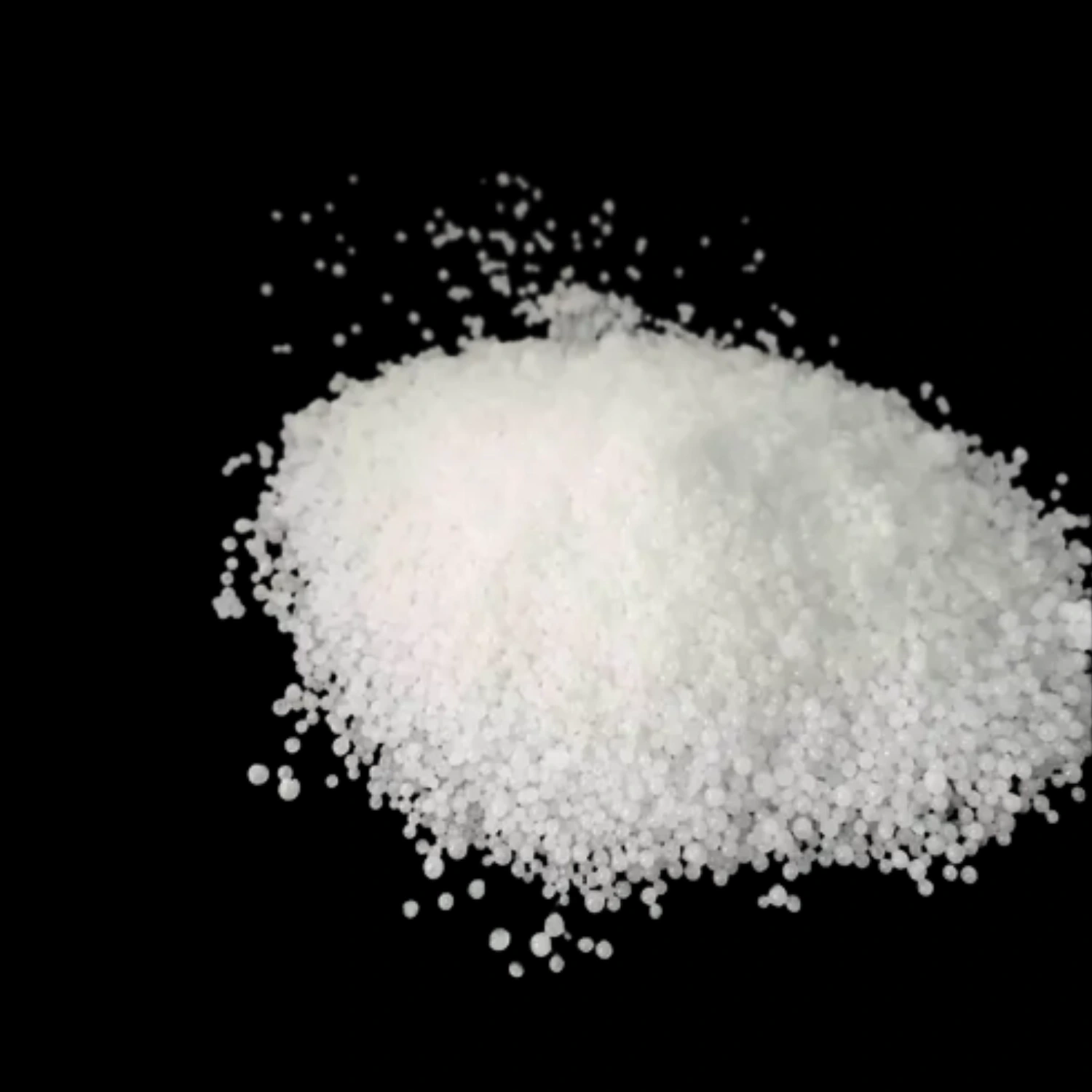Anthracite
|
IUPAC Name |
: Anthracite |
|
Cas Number |
: 8029-10-5 |
|
HS Code |
: 2701.11.00 |
|
Formula |
: C |
Basic Info
|
Appearance Name |
: Black Granule |
|
Common Names |
: Coal, Carbon, Anthracite Coal, Black Coal |
|
Packaging |
: 25 kg Waterproof Bag, 1000 kg Jumbo Bag |




---china.webp)

